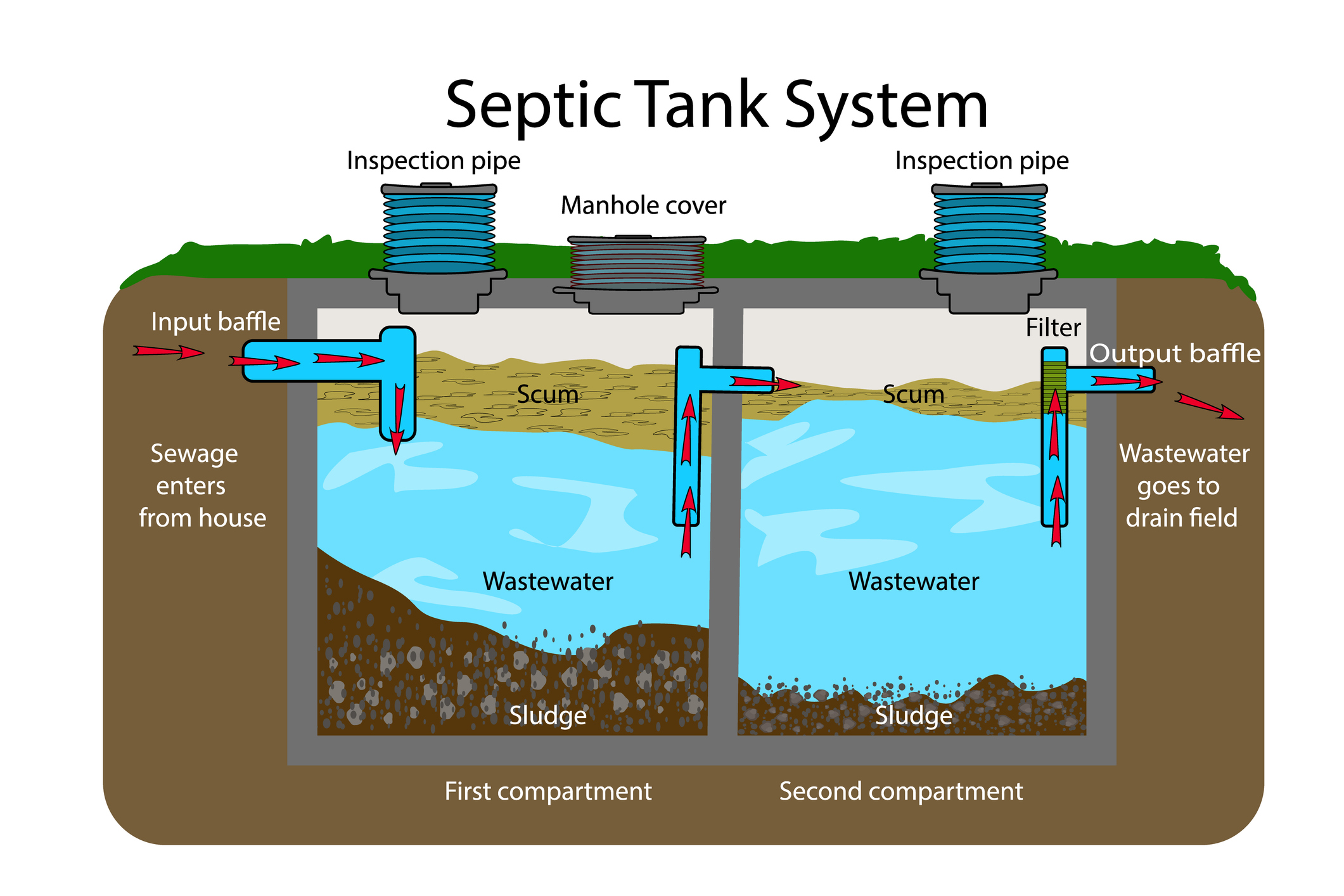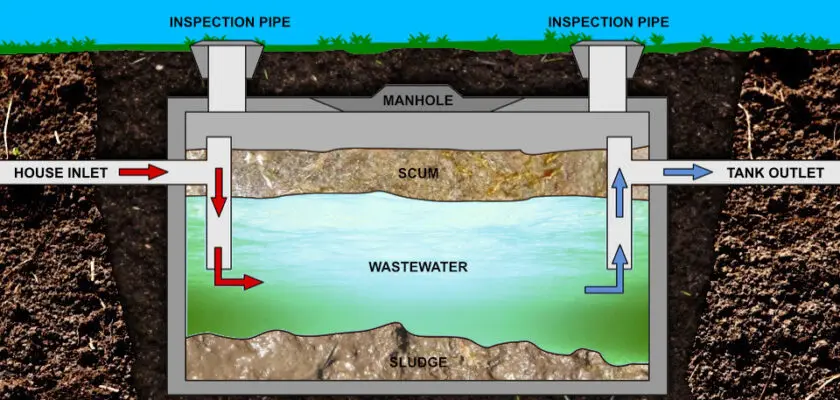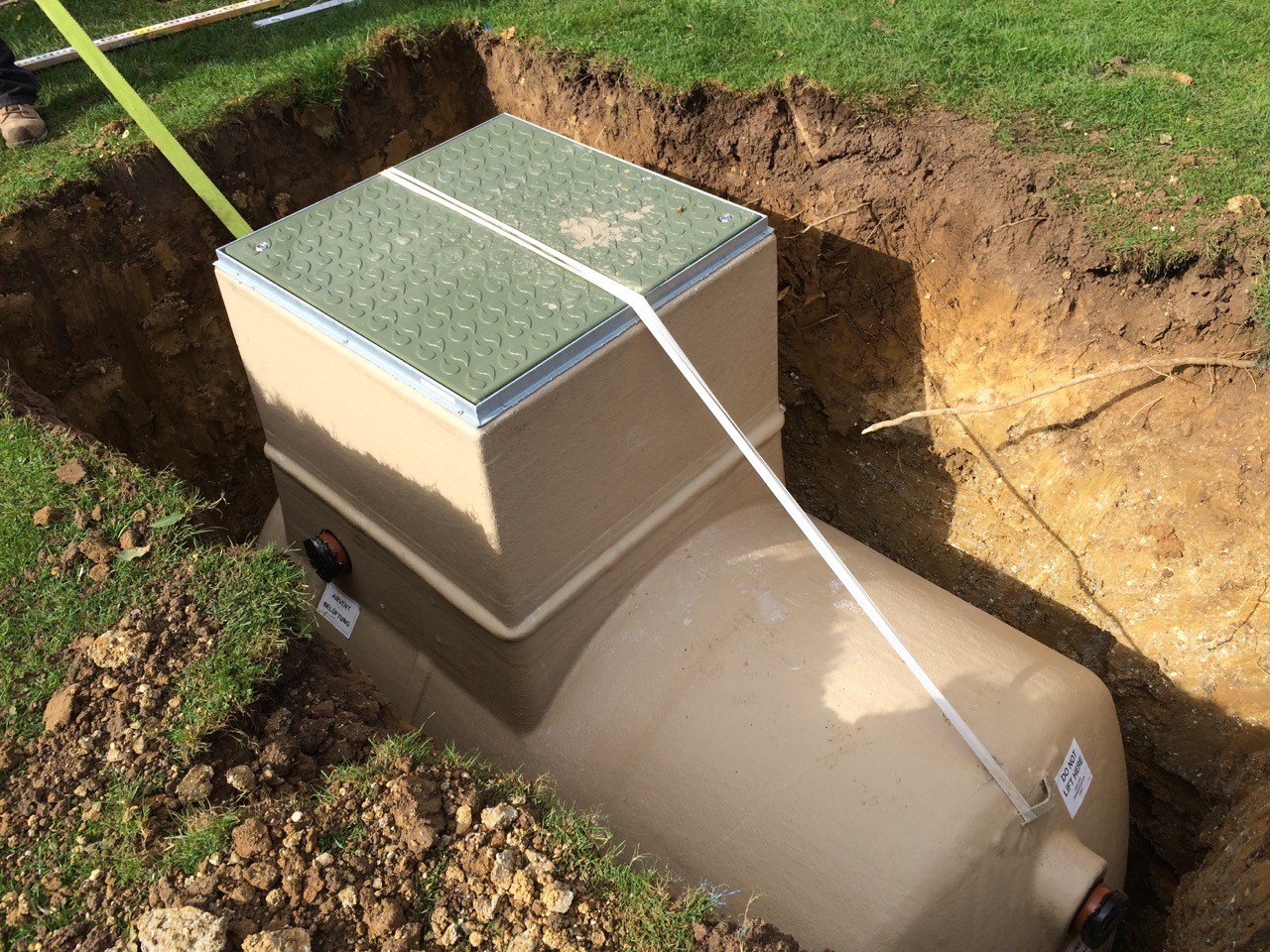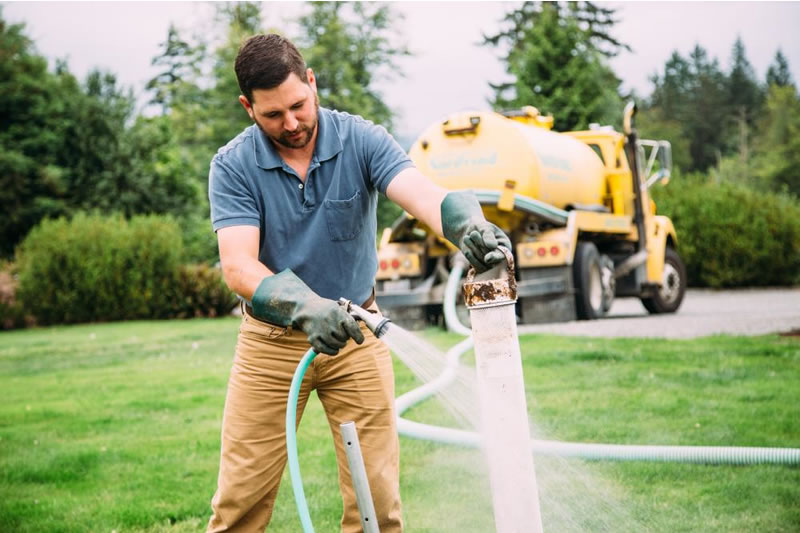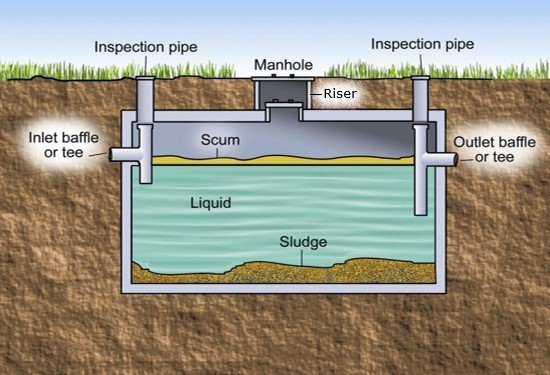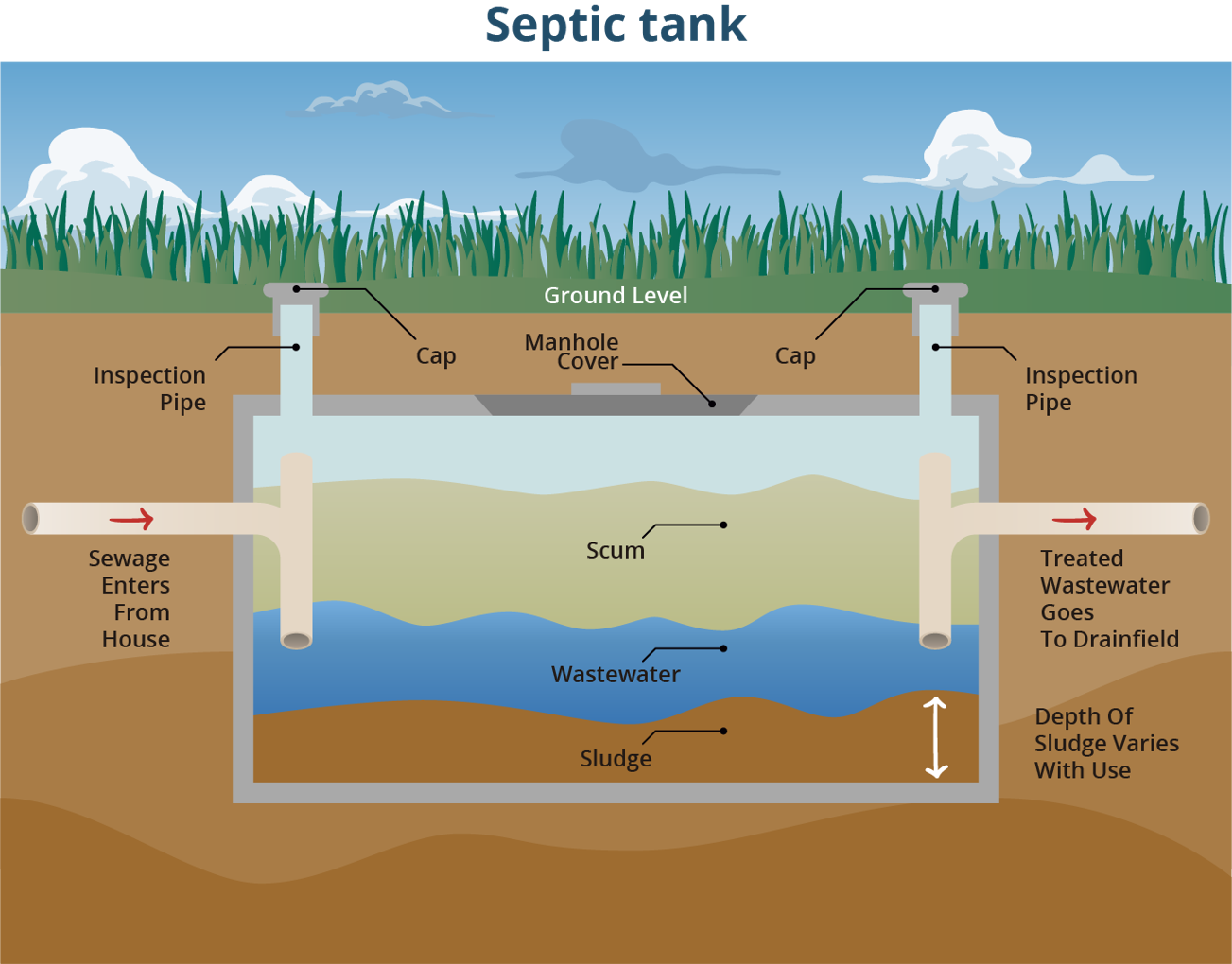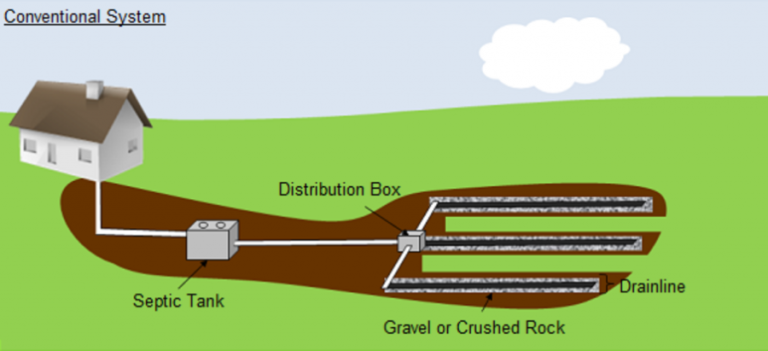If you have a septic system, you know how important it is to avoid clogs. Not only can they cause major blockages and backups in your kitchen sink, but they can also lead to costly repairs for your septic tank. So what can you do if your kitchen sink is clogged and you have a septic tank? Here's how to unclog a kitchen sink with a septic tank without causing any damage.1. How to Unclog a Kitchen Sink with a Septic Tank
When your kitchen sink is clogged, your first instinct may be to reach for a bottle of drain cleaner. However, not all drain cleaners are safe for septic systems. Many contain harsh chemicals that can disrupt the delicate balance of bacteria in your septic tank. Look for drain cleaners that are labeled as septic safe or opt for natural alternatives like baking soda and vinegar.2. Septic Safe Drain Cleaners for Clogged Kitchen Sinks
If you prefer to tackle clogs on your own, there are a few DIY solutions that can help unclog your kitchen sink and keep your septic system healthy. One popular method is using a mixture of baking soda and vinegar. Simply pour a cup of baking soda down the drain, followed by a cup of vinegar. Let it sit for a few minutes before flushing with hot water.3. DIY Solutions for a Clogged Kitchen Sink and Septic System
Understanding the common causes of clogs can help you prevent them in the future. In the kitchen sink, the most common culprits are food scraps, grease, and oil. These substances can build up in your pipes and septic tank, leading to clogs and backups. Be mindful of what you put down your kitchen sink to avoid clogs and protect your septic system.4. Common Causes of a Clogged Kitchen Sink and Septic System
The best way to deal with clogs is to prevent them from happening in the first place. To keep your kitchen sink and septic system clog-free, avoid pouring grease, oil, and food scraps down the drain. Use a strainer to catch any food particles, and regularly clean out your garbage disposal to keep it running smoothly.5. How to Prevent Clogs in Your Kitchen Sink and Septic System
It's important to know the warning signs of a clogged kitchen sink and septic system so you can address the issue before it becomes a major problem. Some common signs include slow draining water, gurgling noises, and foul odors coming from your kitchen sink. If you notice any of these signs, it's time to take action and unclog your sink.6. Signs of a Clogged Kitchen Sink and Septic System
If you're dealing with a stubborn clog or want to ensure your septic system is properly maintained, consider hiring a professional cleaning service. They have the tools and expertise to effectively unclog your kitchen sink and keep your septic system running smoothly. Plus, they can provide tips for preventing future clogs.7. Professional Septic System and Kitchen Sink Cleaning Services
We mentioned this method earlier, but it's worth highlighting again. Baking soda and vinegar can be an effective and natural way to unclog your kitchen sink without harming your septic system. The chemical reaction between the two ingredients helps break down clogs and clear your pipes.8. Using Baking Soda and Vinegar to Unclog a Kitchen Sink with a Septic System
If the clog is closer to the surface, you may be able to clear it with a plunger. Fill the sink with a few inches of water and place the plunger over the drain. Create a seal and then push and pull the plunger to create suction. This can help dislodge the clog and get your sink draining again.9. How to Clear a Clogged Kitchen Sink Drain with a Plunger
In addition to preventing clogs, there are other steps you can take to maintain a healthy septic system and kitchen sink. Regularly pumping your septic tank every 3-5 years can help prevent clogs and backups. You can also use an enzyme-based septic treatment to keep the bacteria in your tank balanced and functioning properly. In conclusion, a clogged kitchen sink can be a headache, especially when you have a septic system to consider. However, with the right knowledge and preventative measures, you can keep your kitchen sink and septic system running smoothly. Whether you opt for DIY solutions or hire a professional, addressing clogs promptly is key to avoiding costly repairs and maintaining a healthy septic system.10. Tips for Maintaining a Healthy Septic System and Kitchen Sink
Clogged Kitchen Sink Septic System: Causes and Prevention
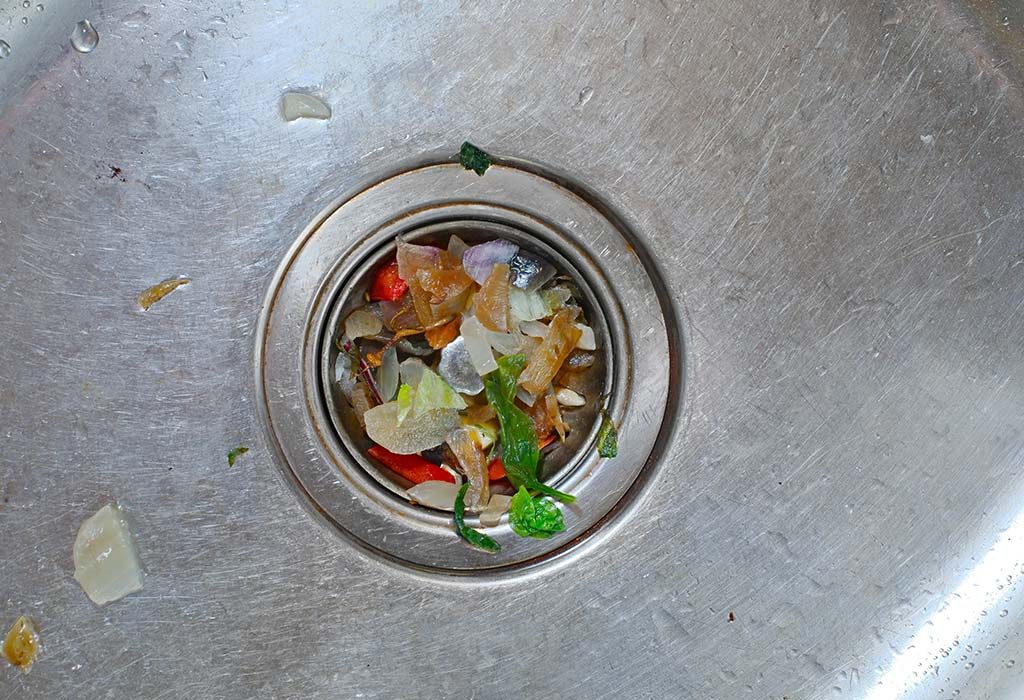
Understanding Your Septic System
 A septic system is a crucial component of any household, responsible for the treatment and disposal of wastewater. It consists of a tank, where solid waste settles to the bottom and is broken down by bacteria, and a drain field, where the remaining liquid is absorbed into the surrounding soil. However, if your kitchen sink is connected to your septic system, you may encounter some issues if it becomes clogged. Let's take a closer look at the causes and prevention of a clogged kitchen sink septic system.
A septic system is a crucial component of any household, responsible for the treatment and disposal of wastewater. It consists of a tank, where solid waste settles to the bottom and is broken down by bacteria, and a drain field, where the remaining liquid is absorbed into the surrounding soil. However, if your kitchen sink is connected to your septic system, you may encounter some issues if it becomes clogged. Let's take a closer look at the causes and prevention of a clogged kitchen sink septic system.
The Culprits Behind a Clogged Kitchen Sink
 There are several potential causes of a clogged kitchen sink that can lead to problems with your septic system. One common culprit is food scraps and grease that are washed down the drain. Over time, these materials can build up and form a solid blockage in your pipes, preventing proper flow into your septic tank. Another common cause is non-biodegradable items, such as paper towels, wipes, and feminine hygiene products, being flushed down the sink. These items can also accumulate and cause clogs in your septic system.
There are several potential causes of a clogged kitchen sink that can lead to problems with your septic system. One common culprit is food scraps and grease that are washed down the drain. Over time, these materials can build up and form a solid blockage in your pipes, preventing proper flow into your septic tank. Another common cause is non-biodegradable items, such as paper towels, wipes, and feminine hygiene products, being flushed down the sink. These items can also accumulate and cause clogs in your septic system.
The Dangers of a Clogged Kitchen Sink Septic System
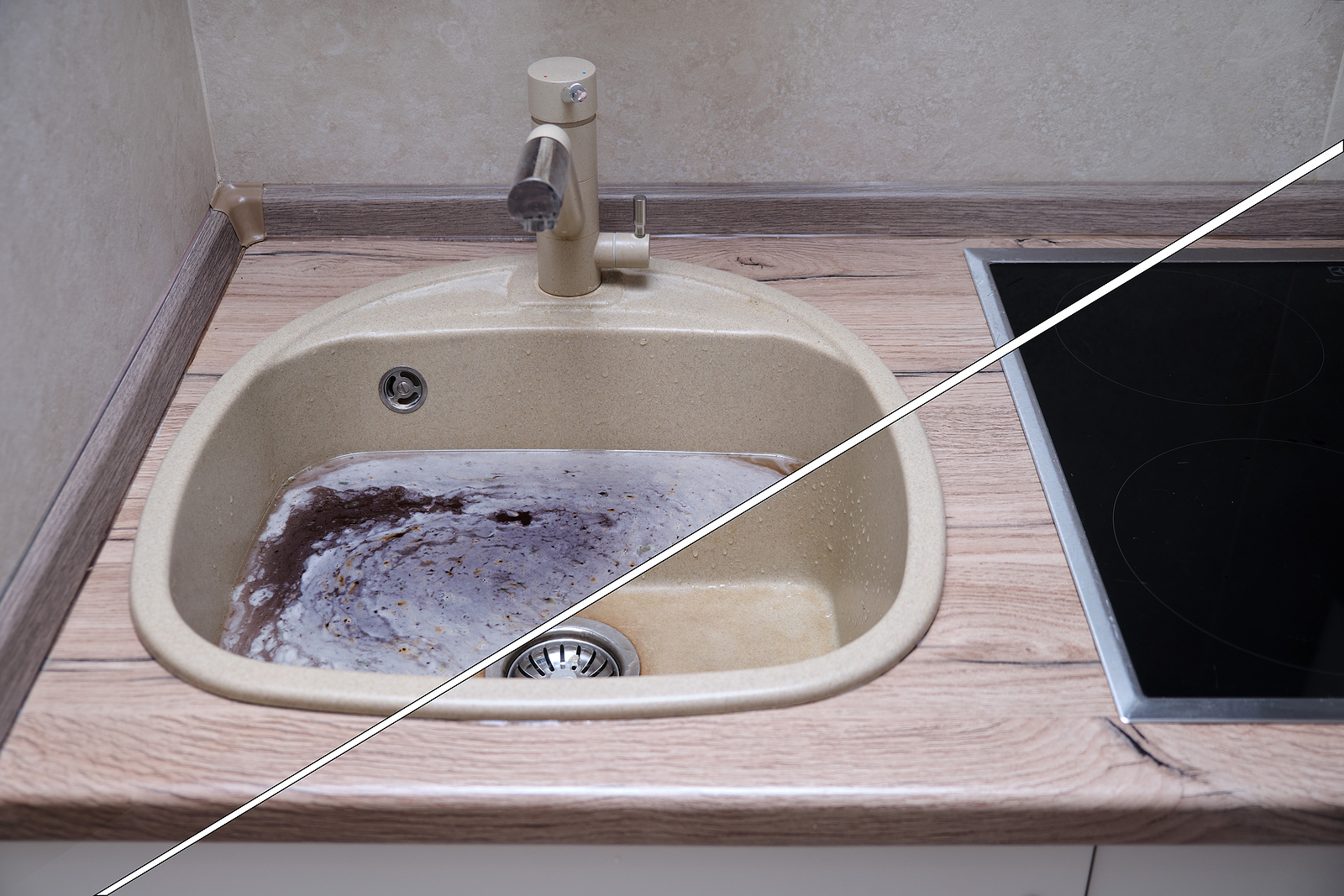 A clogged kitchen sink can lead to serious problems with your septic system, as it can cause backups and overflows. This can result in foul odors, slow drainage, and even sewage backups in your home. Not only is this unpleasant, but it can also pose health hazards and cause damage to your property. Additionally, a clogged septic system can be costly to repair and may require professional assistance.
A clogged kitchen sink can lead to serious problems with your septic system, as it can cause backups and overflows. This can result in foul odors, slow drainage, and even sewage backups in your home. Not only is this unpleasant, but it can also pose health hazards and cause damage to your property. Additionally, a clogged septic system can be costly to repair and may require professional assistance.
Prevention is Key
 The best way to avoid a clogged kitchen sink septic system is through prevention. Be mindful of what you put down your sink and avoid pouring grease or oil down the drain. Use a drain catcher to prevent food scraps from going down the drain, and dispose of them in the trash instead. It's also important to never flush non-biodegradable items down the sink, and to have your septic system regularly inspected and pumped to prevent buildup and clogs.
In conclusion, a clogged kitchen sink can lead to serious issues with your septic system. By understanding the causes and taking preventative measures, you can avoid these problems and ensure the proper functioning of your septic system. Remember to always be mindful of what you put down your sink, and to have regular maintenance performed to keep your septic system running smoothly.
The best way to avoid a clogged kitchen sink septic system is through prevention. Be mindful of what you put down your sink and avoid pouring grease or oil down the drain. Use a drain catcher to prevent food scraps from going down the drain, and dispose of them in the trash instead. It's also important to never flush non-biodegradable items down the sink, and to have your septic system regularly inspected and pumped to prevent buildup and clogs.
In conclusion, a clogged kitchen sink can lead to serious issues with your septic system. By understanding the causes and taking preventative measures, you can avoid these problems and ensure the proper functioning of your septic system. Remember to always be mindful of what you put down your sink, and to have regular maintenance performed to keep your septic system running smoothly.



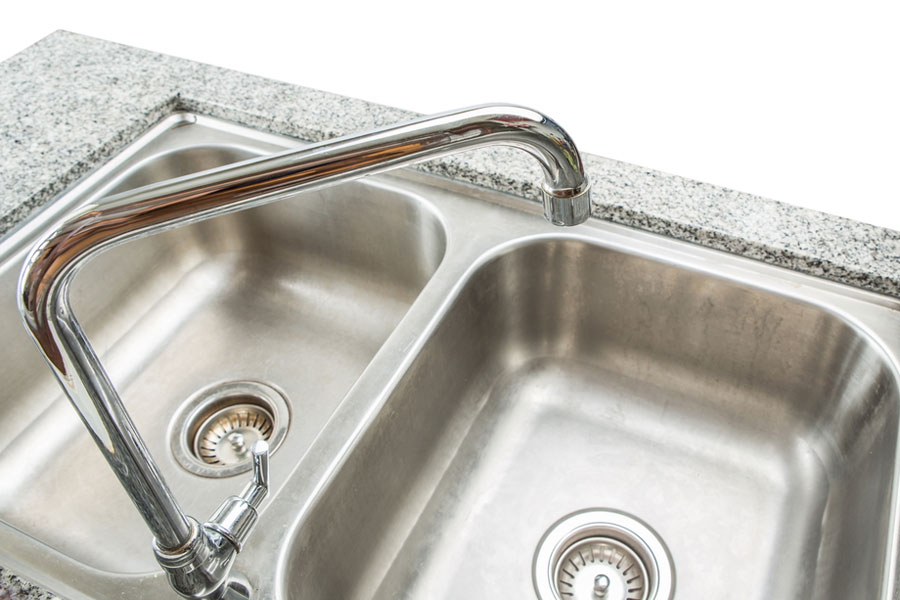





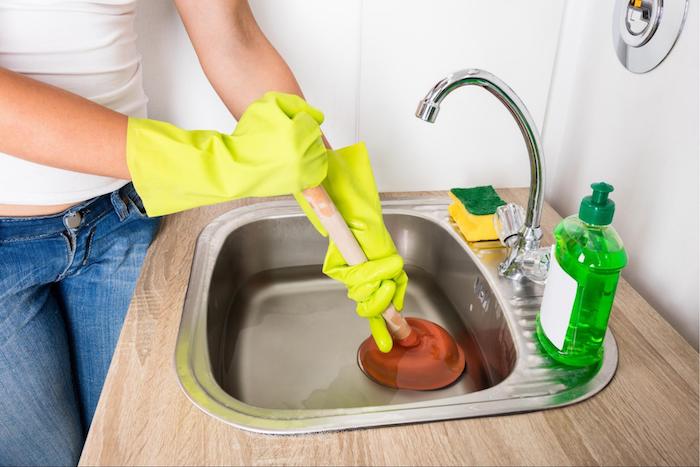
:max_bytes(150000):strip_icc()/how-to-unclog-a-kitchen-sink-2718799_sketch_FINAL-8c5caa805a69493ab22dfb537c72a1b7.png)









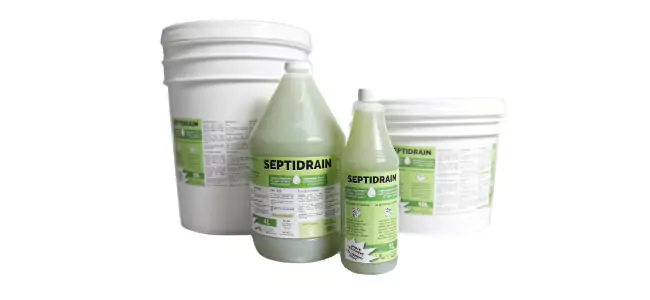






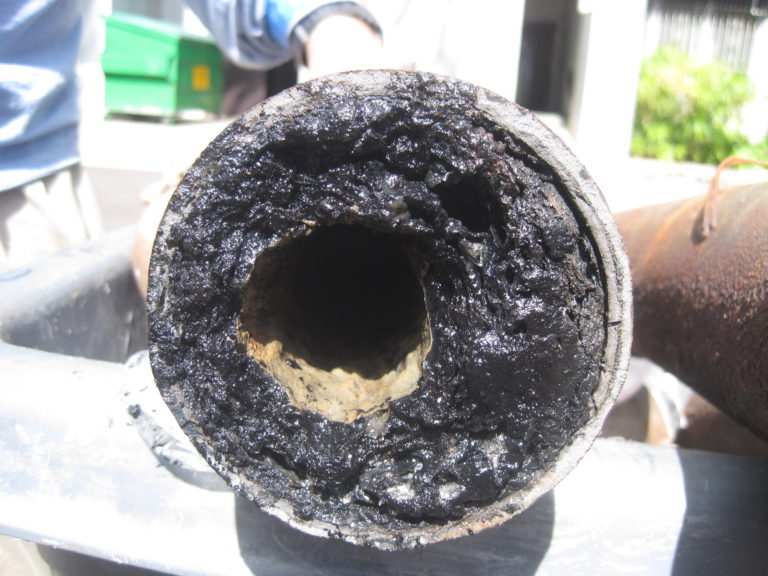
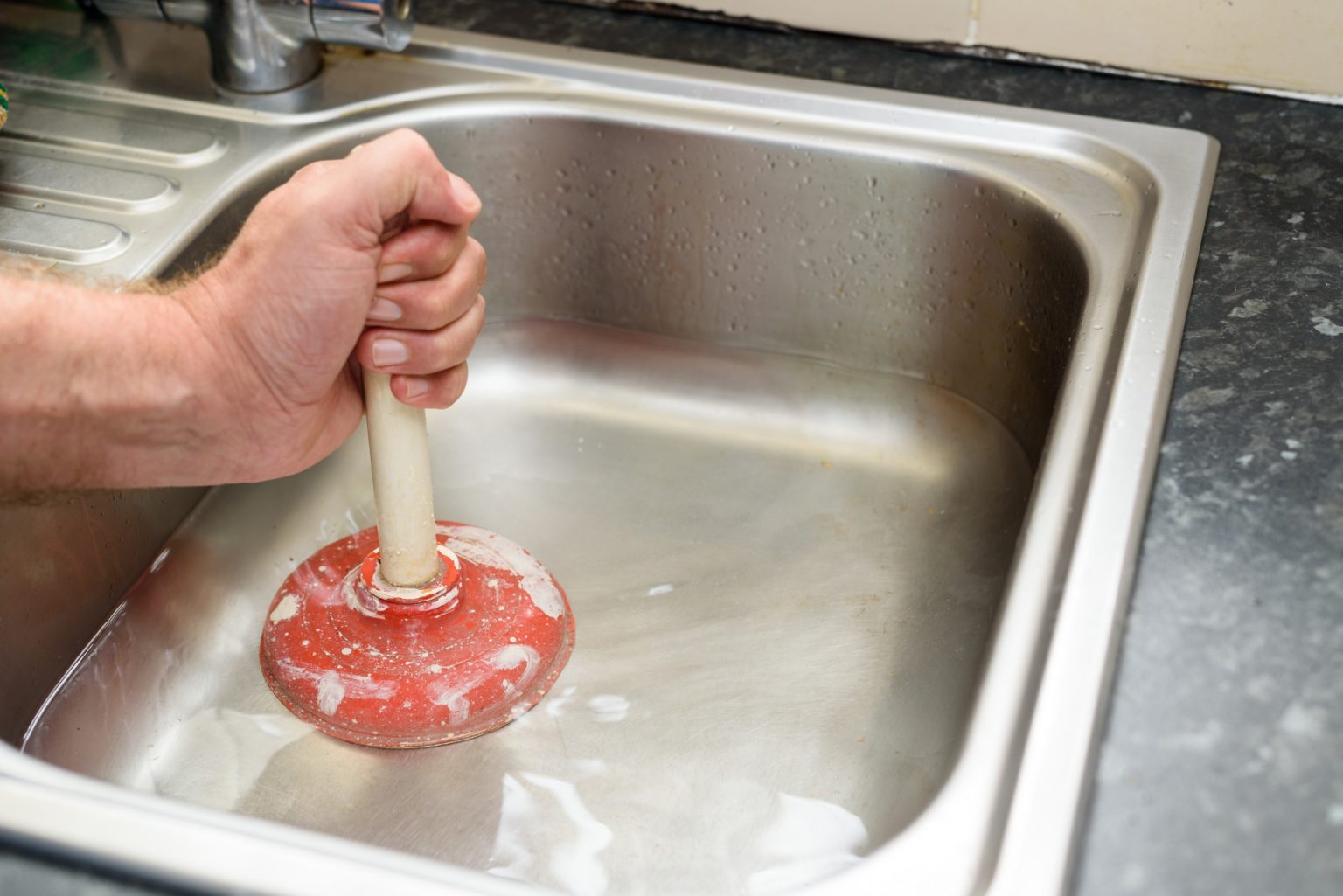

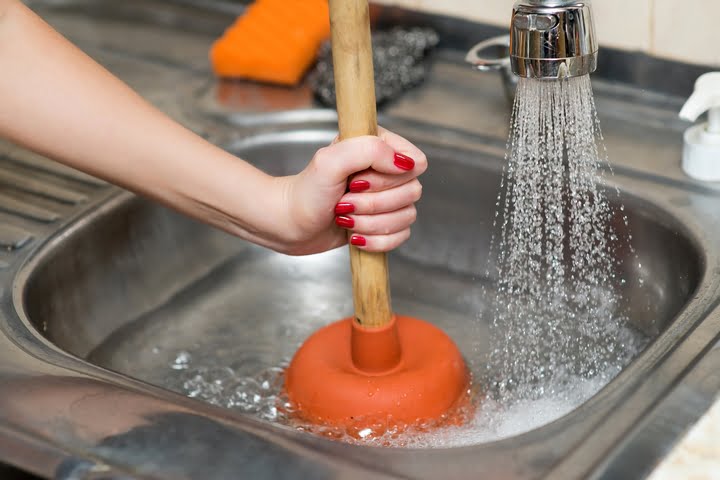

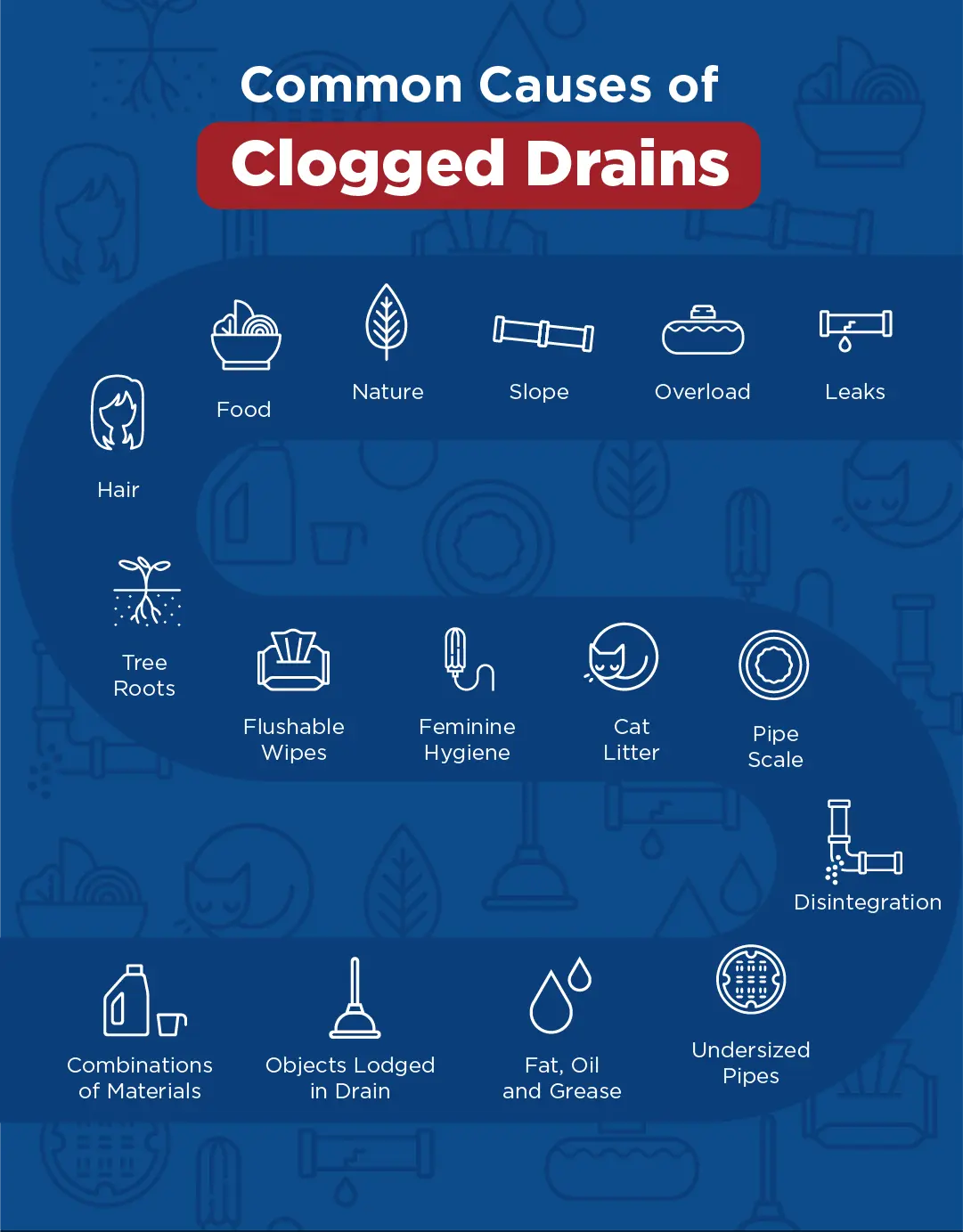

/signs-of-a-sewer-drain-clog-2718943_FINAL-7306dab348804135897b63a4411cdfdf.png)


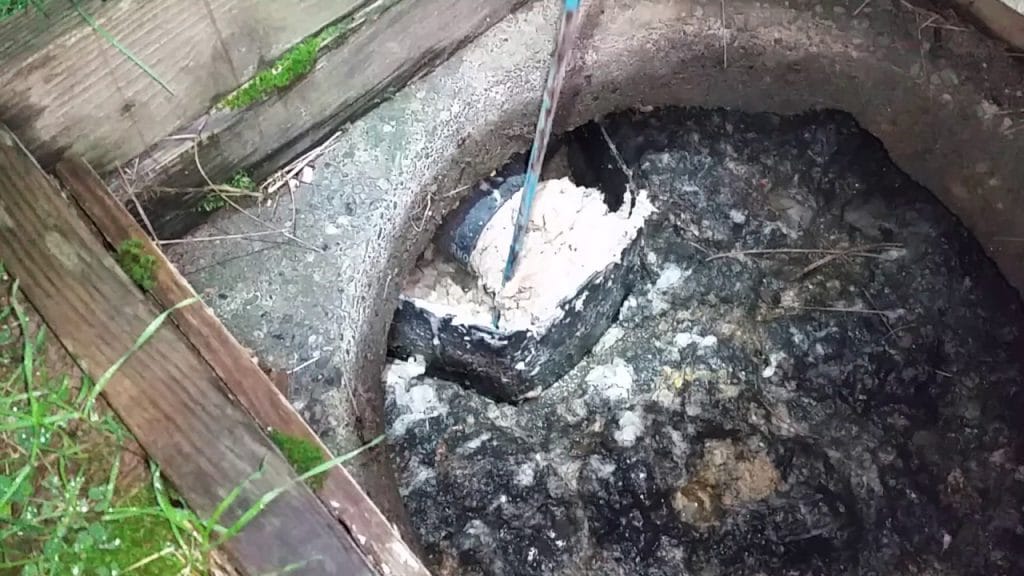






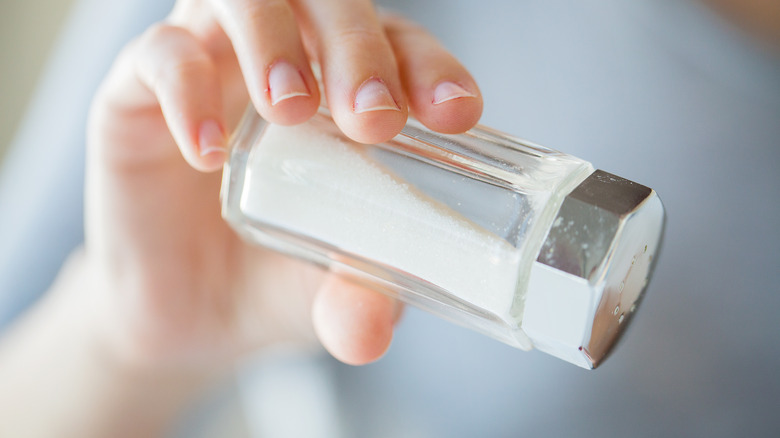

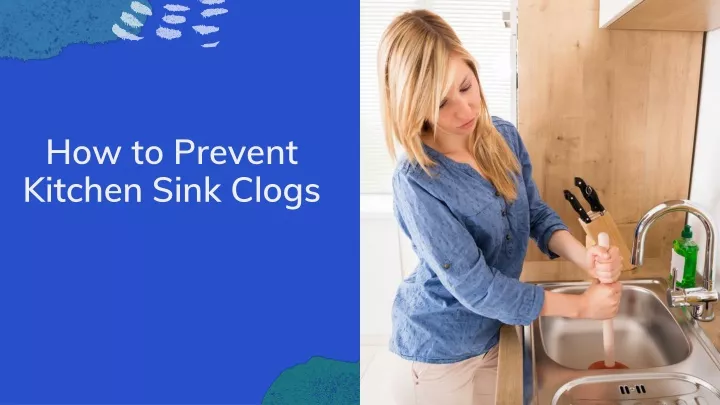




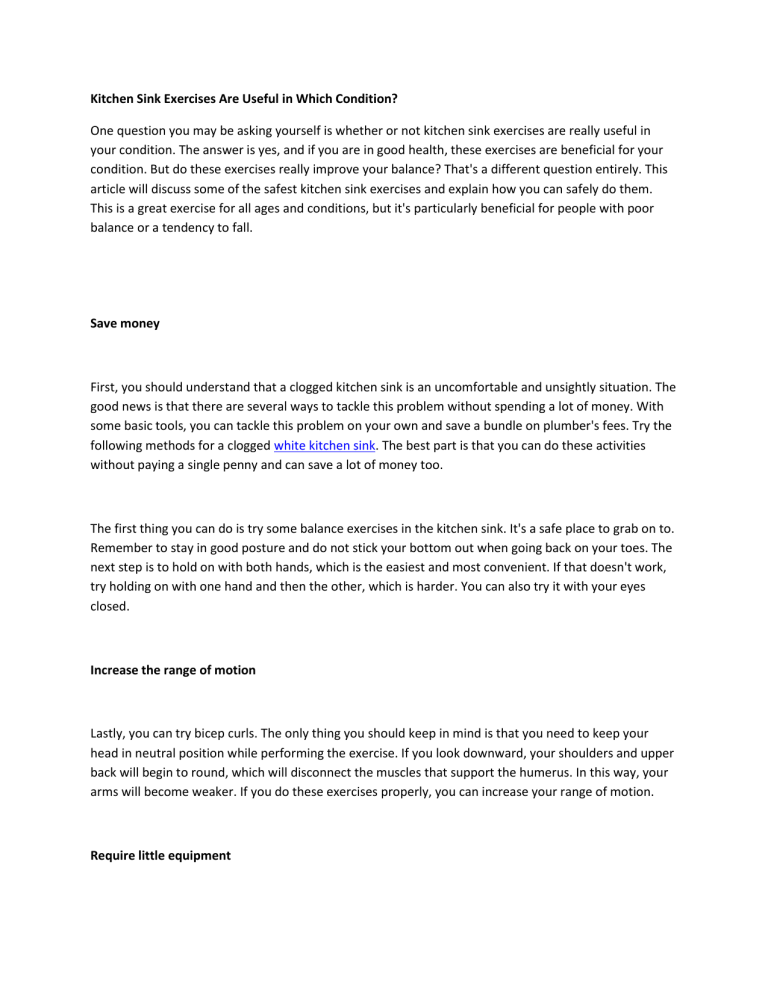







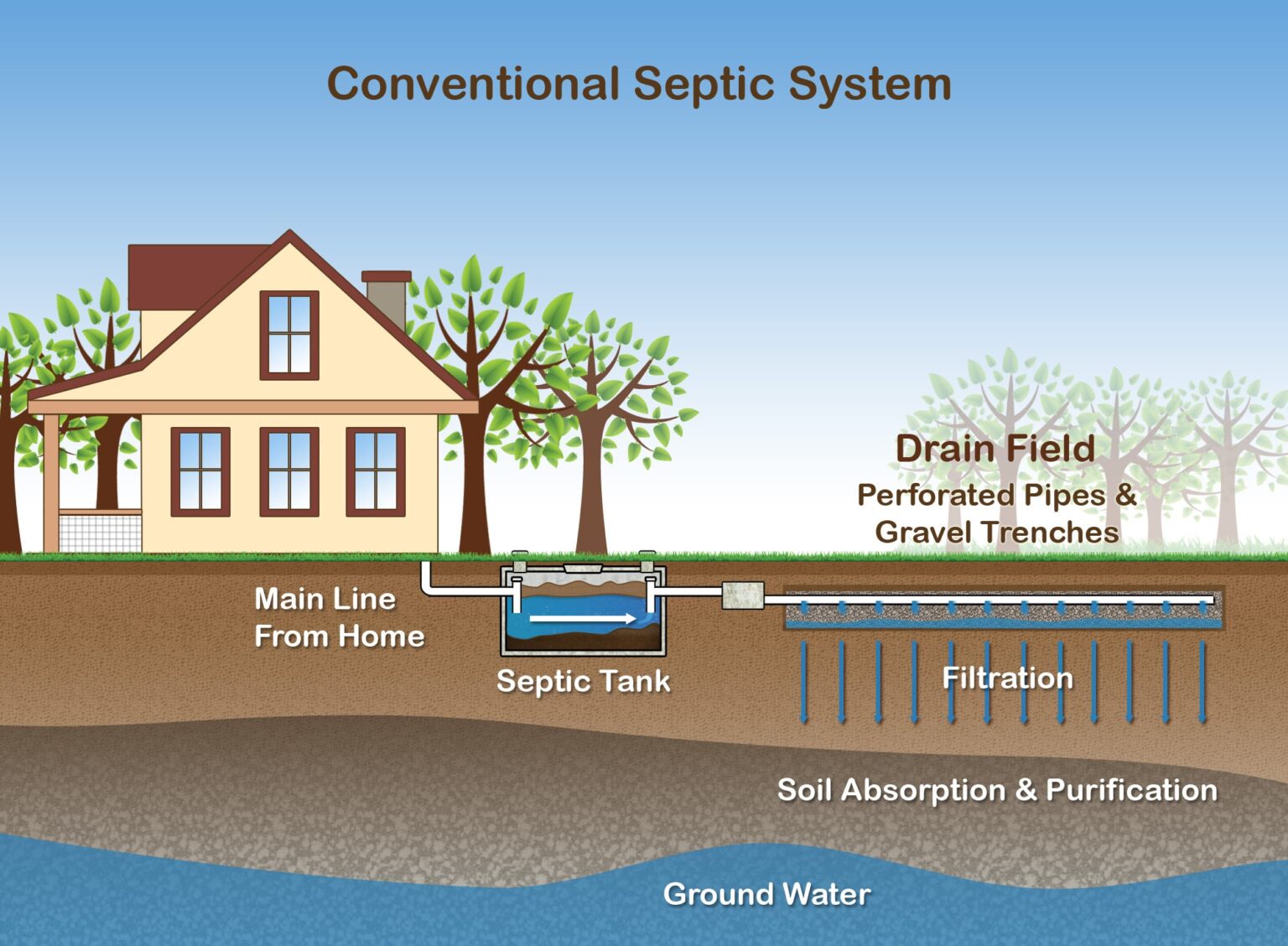

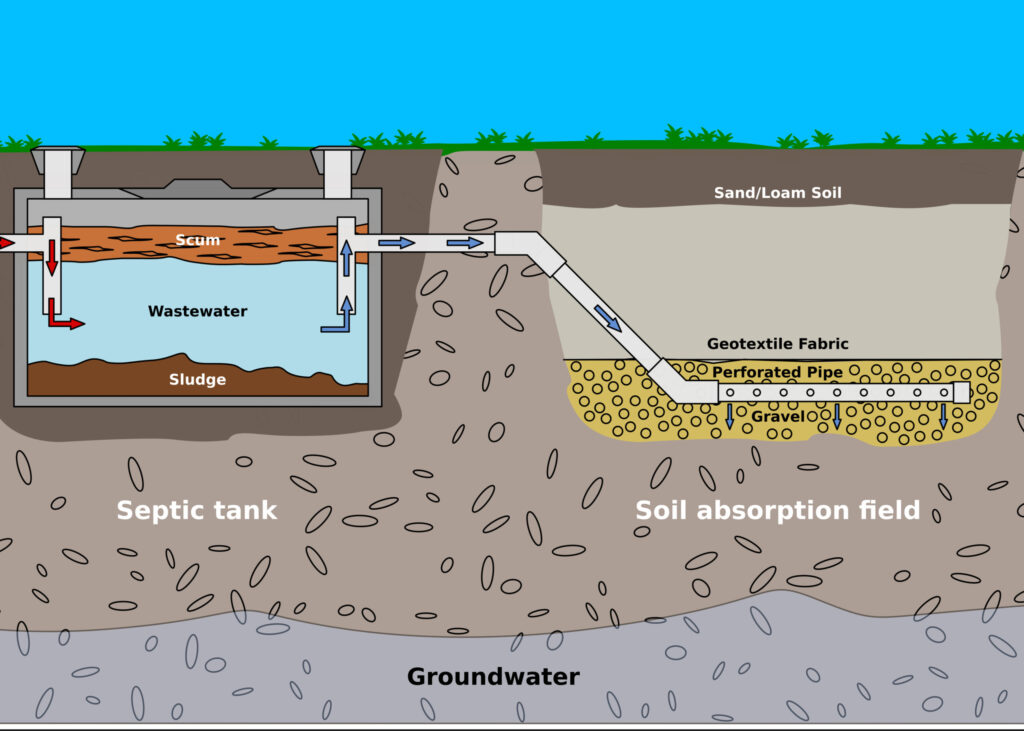

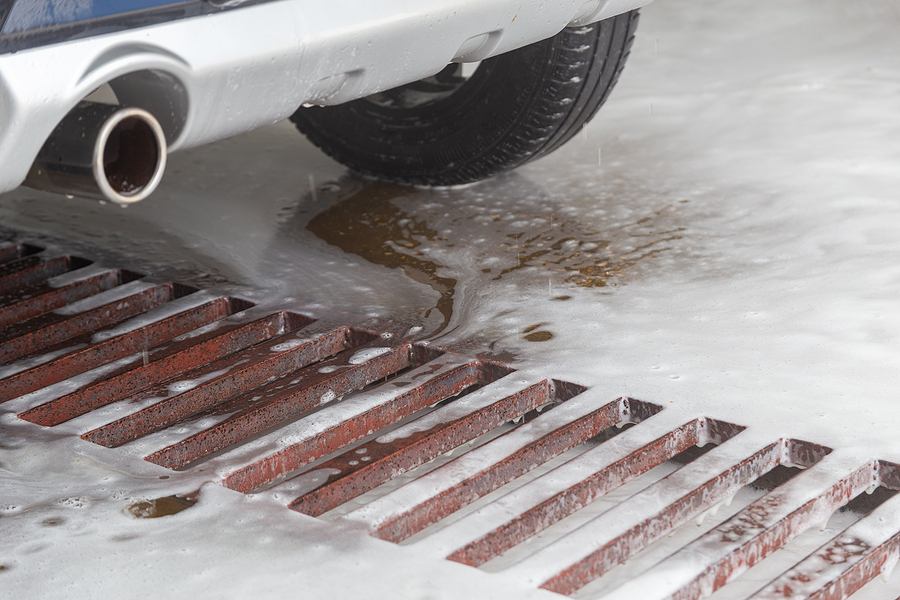






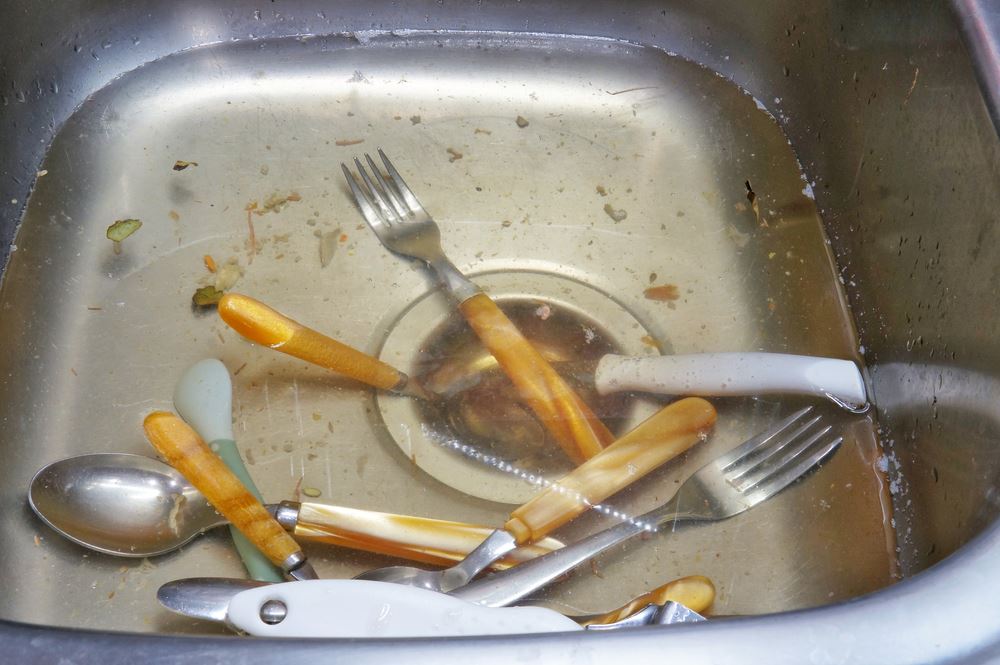
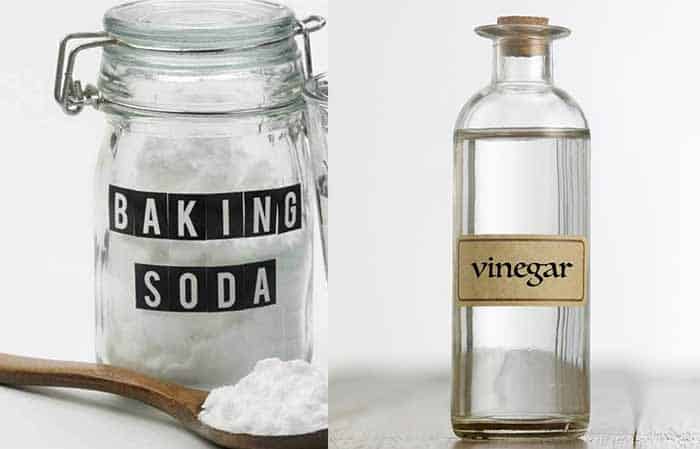
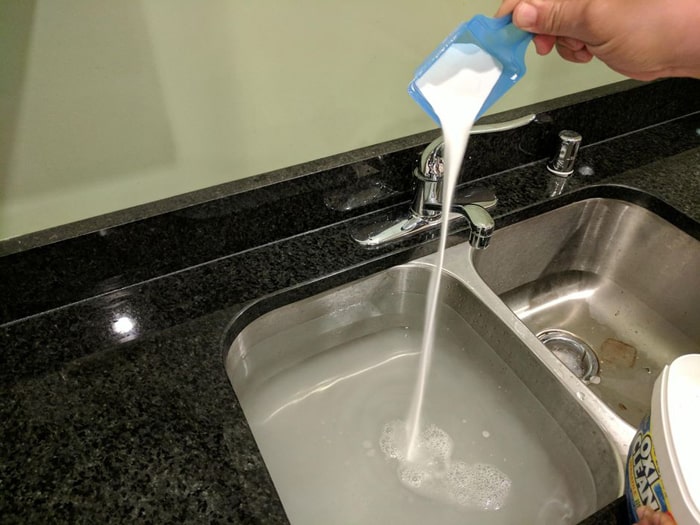

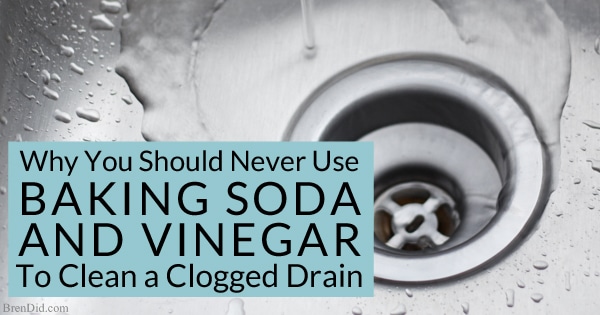
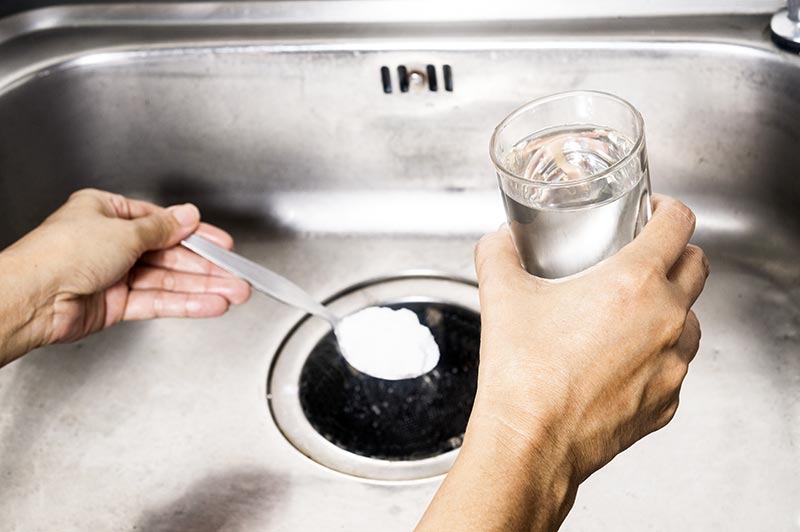
:max_bytes(150000):strip_icc()/freshen-and-unclog-drain-with-baking-soda-1900466-18-1a5b5da01939471ca8f8823865bd1ce8.jpg)














